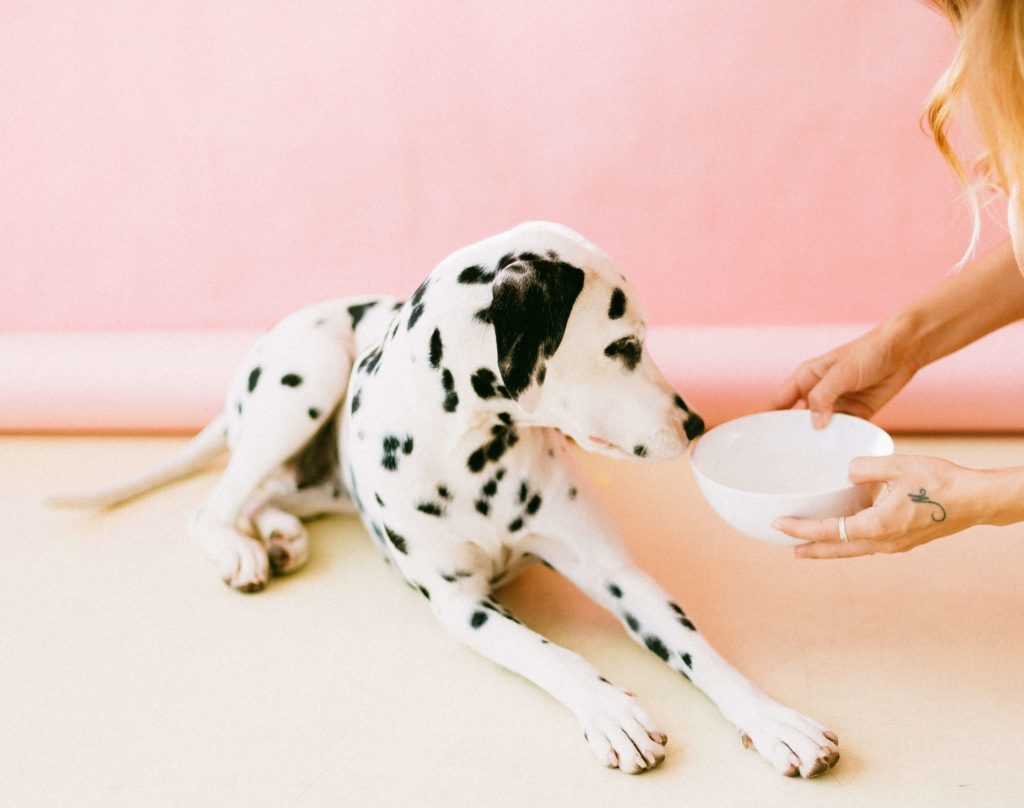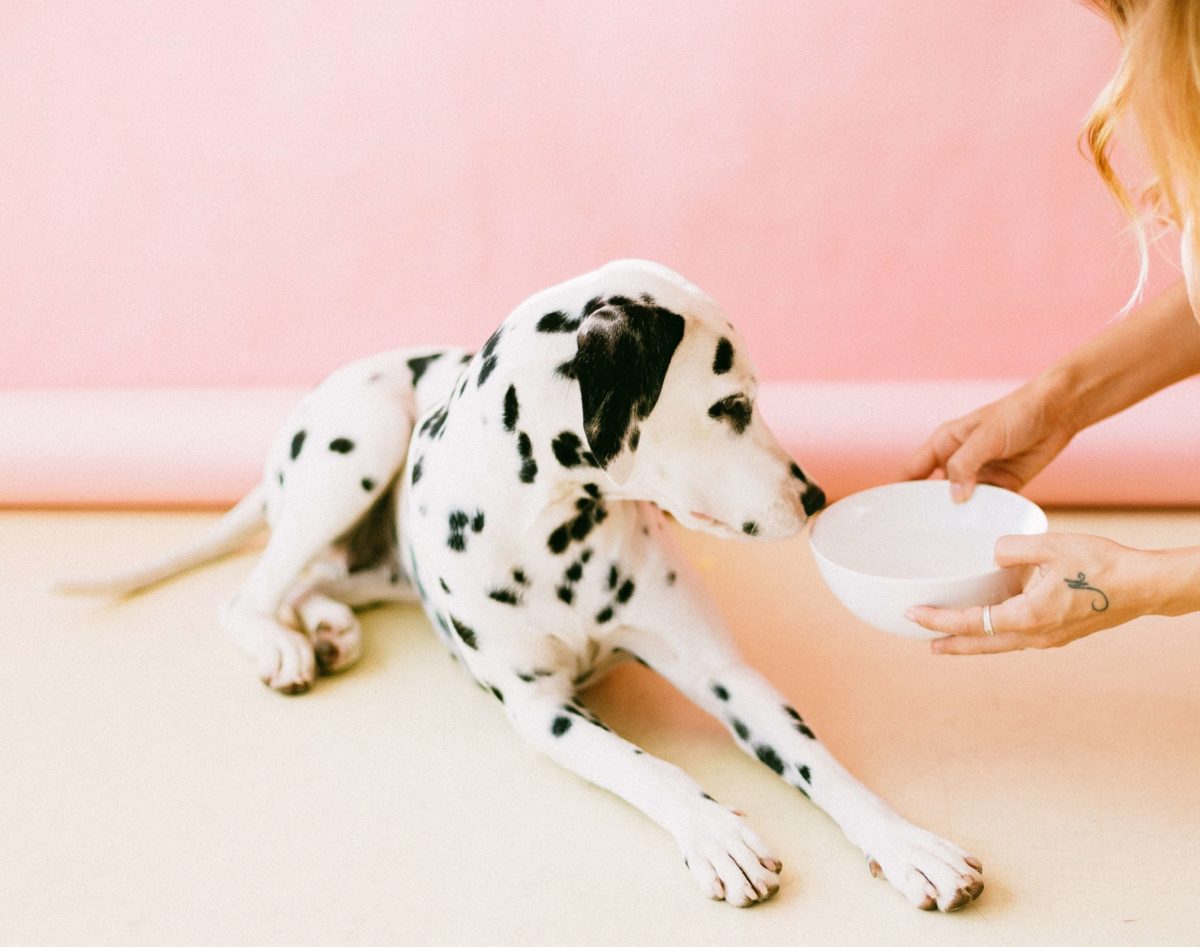It is important that dogs eat plenty of food so that they have enough energy, protein, minerals and general nutrients to stay active and to physically thrive, so it can be a bit of a problem when they become a bit of a fussy eater.

If your dog has always been more or less of a picky eater, then this might not be such a serious of a problem. Likewise if this is a trait they’ve had throughout their life, and if you can see that in every visible respect (energy levels, coat health, stable weight etc) they are where they need to be, then this should not be too much concern either.
Though if you have noticed that your dog has become a fussy eater and has not displayed this behaviour before then this might be an issue which should be addressed. Thankfully, there are a number of ways in which you can tackle this problem, so you can make sure that your dog’s intake is where it needs to be.
Get in touch with your vet
This may seem like an obvious point to highlight, but contacting the vet should always be your first port of call. If you have noticed that your dog’s appetite has decreased, and that you are now having more trouble than you usually would feeding your dog a healthy amount of food, then it will always be worth having your vet look at your dog to rule out anything serious.
Keep the menu exciting!
If you have gone to the vet and worked out that there is no serious illness at the root of the problem, then you might want to consider trying out some different food options, as your dog may have an aversion to the food that you are giving them, whether this is to do with a very slight tummy intolerance or purely a matter of taste. Try switching for example from dry to wet food, or vice versa, depending on what kind of food you were using before. The important thing to remember with this though is that, instead of switching all at once, you will want to do this in stages. Switch over a week or so: gradually increase the amount of new food and decrease the amount of the food you were previously opting for, until the full replacement has been made.
Treat the senses
When it comes to the debate of wet food vs dry food, there are many sides to the argument. But if you find that, when you are only using dry food, your dog doesn’t seem to be interested in eating, this may be because they are not getting much of a treat to their sense of smell when it is being served. This is where adding a bit of wet food into your meal schedule may come in handy, or indeed even wetting the dry food slightly and stirring so as to rouse the aromas somewhat.
But don’t go overboard with the added treats!
If you are giving your dog lots of little treats here and there, whether this comes in the form of treats specifically developed for dogs, or just little scraps of your own food, then your dog will not be cultivating a full appetite for their main meal. By doing this they won’t be as interested when it is time for you to serve up their full bowl. Therefore, as tempting as it might be to shower your dogs in lots of extra nibbles, it might be best to see if your dog becomes less of a fussy eater when their meal schedule is marked out a bit more clearly with specific meal times in the day, rather than there being a constant flow of snacks.
Foster a clear mealtime habit
In a similar way, you should also be making sure that the mealtimes you set out in the day are strictly kept, and that you leave the food out for no longer than half an hour. When you do this, your dog will understand that this is the period when they should be eating, and it will also save you from wasting food if your dog doesn’t eat it, as it won’t become spoilt in that time. On top of this, it is useful to be exact with your measurements of the food and not to over-serve in some meals, leaving your dog feeling as though they don’t need to eat when the next meal comes.

